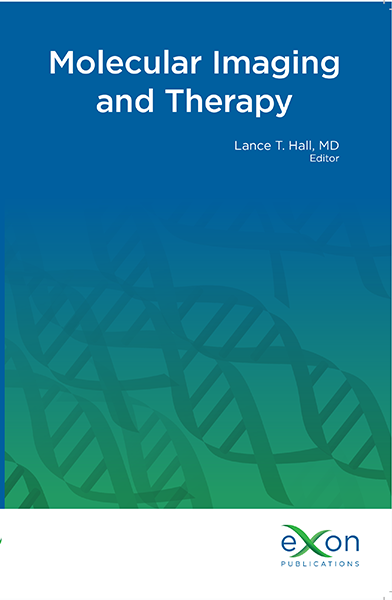Molecular Imaging of Pediatric Lymphoma, Sarcomas, and Other Solid Tumors
Main Article Content
ABSTRACT
Pediatric tumors are rare, but often rapidly progressive malignancies which require early diagnosis, accurate staging, and appropriate treatment. Complications due to over treatment or under treatment of pediatric malignancies are a major concern and thus, prompt but pertinent workup along with early treatment response evaluation of tumors is vital. Molecular imaging techniques with positron emission tomography (PET) with computed tomography (PET/CT) and single photon emission computed tomography (SPECT) with CT (SPECT/CT) can often localize and accurately stage pediatric malignancies before morphological changes are evident with anatomical imaging techniques. These findings can help determine the clinical prognosis and treatment plan. In post-therapy patients, PET/CT and SPECT/CT may more accurately identify or exclude residual/recurrent malignancy. Since pediatric tumors often have overexpression of various molecular pathways, a variety of molecular imaging agents for PET/CT and SPECT/CT can be used (FDG). PET/CT with 18F-FDG usually shows increased tumor uptake in pediatric lymphoma and many other extra-cranial solid tumors. Amino acid based molecular imaging agents can be used in brain tumors and somatostatin receptor (SSTR) peptide molecular imaging agents can be used for tumors of neuroendocrine origin. Ongoing research has developed many novel molecular imaging agents which are in clinical trials.
Downloads
Metrics
Article Details

This work is licensed under a Creative Commons Attribution-NonCommercial 4.0 International License.

